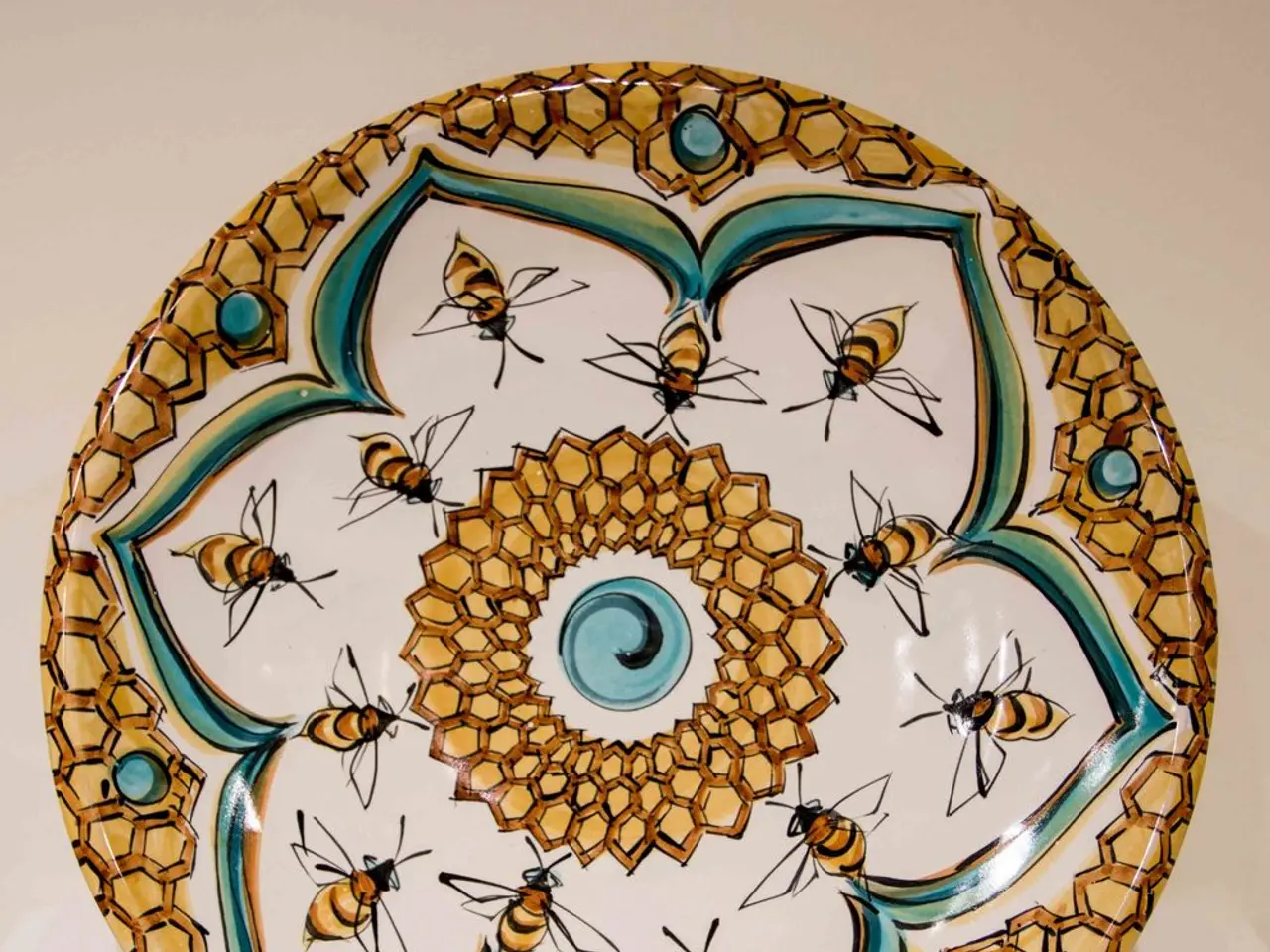Designing Via Connections in Printed Circuit Boards with Altium Designer Software
In the realm of electronics design, Altium Designer offers a comprehensive solution for defining and setting via sizes in printed circuit boards (PCBs). Here's a simplified guide on how to accomplish this task.
First, open your PCB project in the PCB editor. You can use the Via Tool, either from the toolbar or by choosing it from the Tools menu.
Next, to edit the properties of a via, you have two options. You can right-click on a via and select Properties, or you can use the PCB Library editor to define via types and sizes. This is where you specify the via type (such as through-hole, blind, buried, or microvia), drill hole size, and pad sizes.
Now, it's time to set the via dimensions using design rules. Navigate to the Electrical > Via Constraints section in the Design > Rules (or Constraint Manager) menu. Here, you can specify minimum and maximum sizes for drill holes and pads, and set layer-specific constraints as needed. This ensures your vias meet both manufacturability and electrical requirements.
Moreover, you can adjust the via plating thickness and related parameters in the Layer Stack Manager. This is where you'll find settings that influence via size and behavior.
When a via is imported into the board, it is assigned to a signal or net. If you need to change the selected via type, you can do so by using the layer stack manager mode within the properties panel. To add a new via type, simply click the add button and select the layers that the via type spans in the properties panel.
For microvias, if the via spans adjacent layers or an adjacent layer +1, check the μVia box. The software automatically identifies the via type (buried, blind, and thru) based on the layers chosen.
It's worth noting that the default thru-hole via type named Thru 1:2 cannot be deleted. The size and shape of the via can be defined using Simple, Top-Middle-Bottom, or Full Stack options in Altium Designer.
Lastly, the Z-plane layer-spanning requirements for every via type can be defined in the via types tab. The mirror option is available when the stack symmetry option in the board section of the properties panel is enabled.
For detailed guidance, checking Altium’s official documentation or tutorials on via definition and design rules is recommended. Happy designing!
- In the process of creating a via type in the PCB Library editor, you can specify the via type, such as controlled impedance, and other dimensions like drill hole size and pad sizes.
- When working with gadgets that utilize advanced technology, like controlled impedance devices, you can precisely adjust the via properties, including plating thickness, to optimize their performance within your PCB design using Altium Designer.




